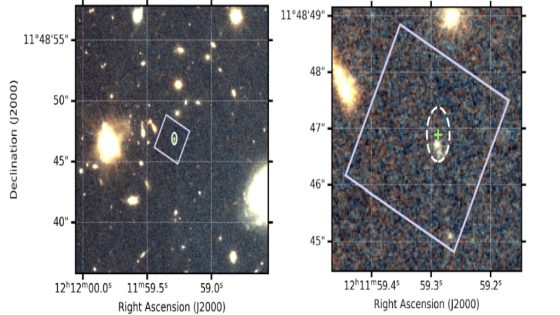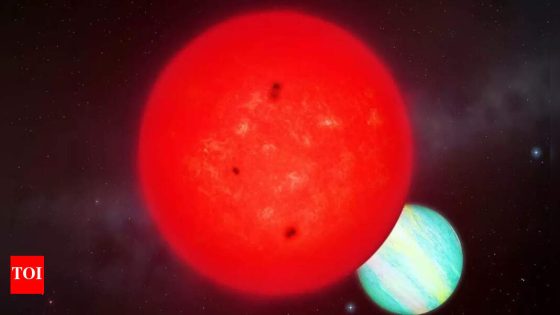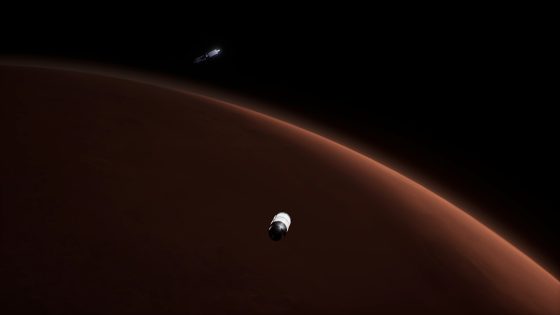Fast radio bursts (FRBs) are enigmatic cosmic phenomena that last only about a millisecond, yet they hold critical information about the plasma that fills our Universe. Recently, on March 4, 2025, astronomers detected FRB 20240304B, which provides remarkable insights into the early Universe, specifically around 3 billion years after the Big Bang.
- Fast radio bursts last around a millisecond.
- FRB 20240304B detected at redshift 2.148.
- Discovery reveals host galaxy's characteristics.
- Suggests origins linked to young magnetars.
- Probes galaxy formation during "cosmic noon."
- Expands observational boundaries of FRBs significantly.
This groundbreaking discovery, made by the MeerKAT radio telescope in South Africa, reveals a redshift of 2.148, indicating that the light from this burst has traveled over 11 billion years to reach Earth. Such findings not only expand our understanding of cosmic history but also challenge previous limits on FRB observations.
What does this mean for our understanding of the Universe? The discovery of FRB 20240304B raises intriguing questions about the nature of these bursts and their host galaxies. Could they be linked to young magnetars rather than long-evolving processes? Consider these points:
- FRB 20240304B doubles the redshift reach of localized FRBs.
- The burst suggests a connection to star formation during “cosmic noon.”
- It reveals complex magnetic field structures across vast distances.
- Observations indicate FRB activity during peak star formation epochs.
As next-generation telescopes come online, the potential for uncovering more about these fleeting signals is immense. Will we soon unlock even deeper mysteries of the cosmos?
































